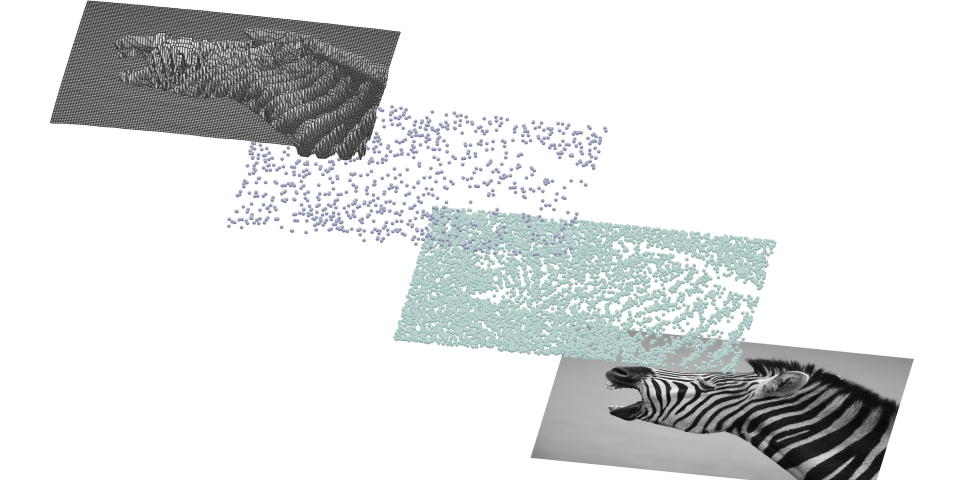Neural responses are notoriously variable. Systematic changes in the mean responses of neurons provides vital clues on how they process information. It is a puzzle, however, why repetition of the same stimulus elicits variable responses? This question becomes even more puzzling when we observe that response variability undergoes similar systematic changes than the mean responses: changes in stimulus features results in predictable changes in variability. While a wealth of data is available in systematic changes in neuronal response variability which spans different stimulus attributes and different species, a parsimonious interpretation of whether and how these response characteristics contribute to computations has been missing.
We identify optimal computations that efficiently tackle inherent noise and ambiguity in natural stimuli and demonstrate that representation of the essential components of such computations can be devised if neural responses have a stochastic component. This stochastic component can be directly linked to the perceptual uncertainty that arises upon inferring the causes underlying our sensory observations. This framework is extremely powerful in accounting for systematic changes in response variability and puts forward an argument that response neural variability is not a consequence of low-fidelity computations, rather a hallmark of optimal ones.
Related paper:
Orbán G, Berkes P, Fiser J, Lengyel M (2016)
Neural variability and sampling-based
probabilistic representations in the visual cortex.
Neuron, 92:530–543.
Preview from Xaq Pitkow: Probability by Time
Media coverage:
From Bálint Gilicze, MTA, Valóság és illúziók:kiderült, hogy miért a zajos agy a hatékony agy.
From András Domanits, InfoRadio, Korszakos magyar felfedezés az idegkutatásban.
An excerpt of Bálint Gilicze’s piece was published by origo.hu.
Another summary of Bálint Gilicze’s piece at National Geographic Hungary.
A short piece and interview from Csaba Molnár, mno.hu, Agyunk illúziók közül válogat.

